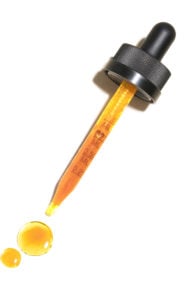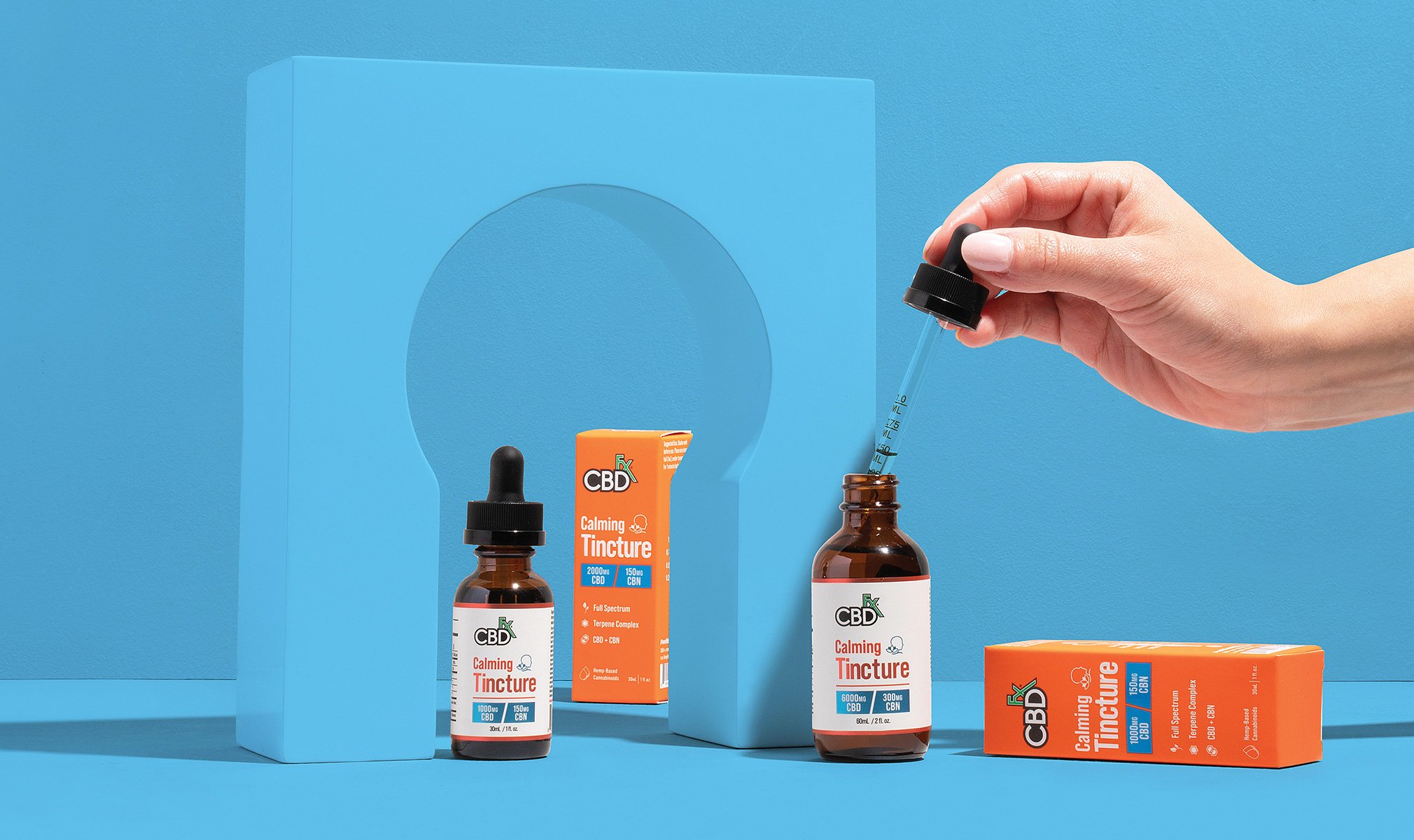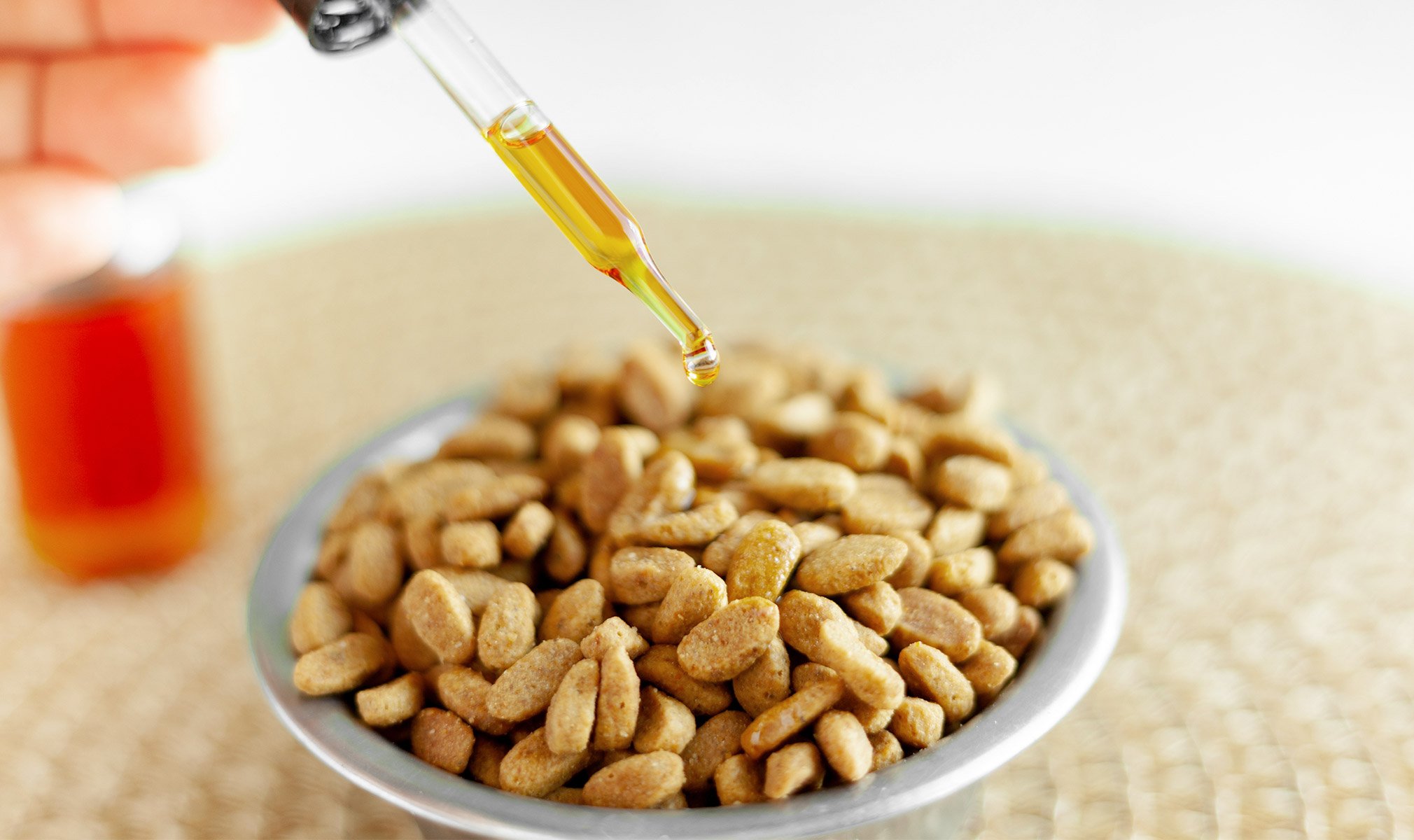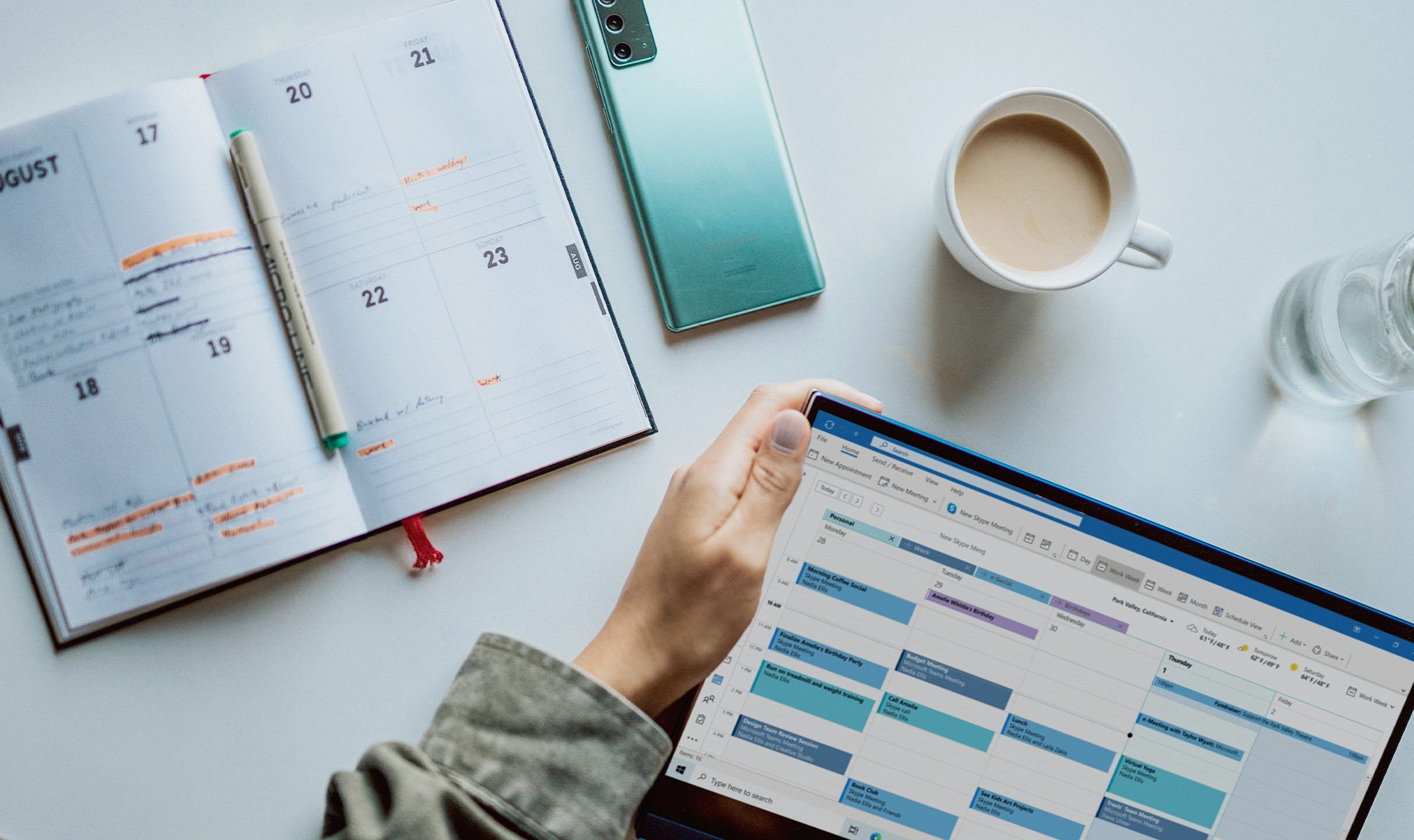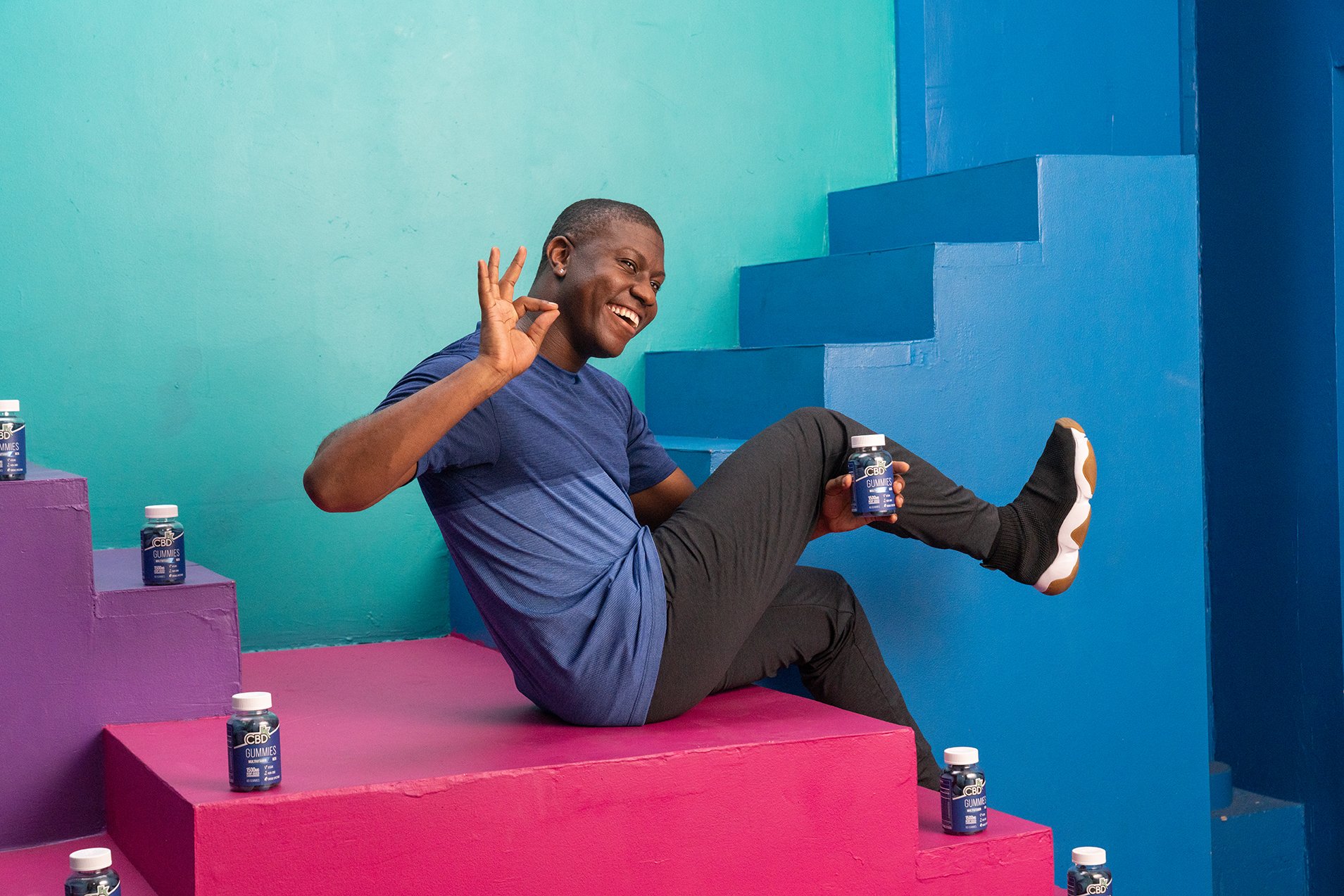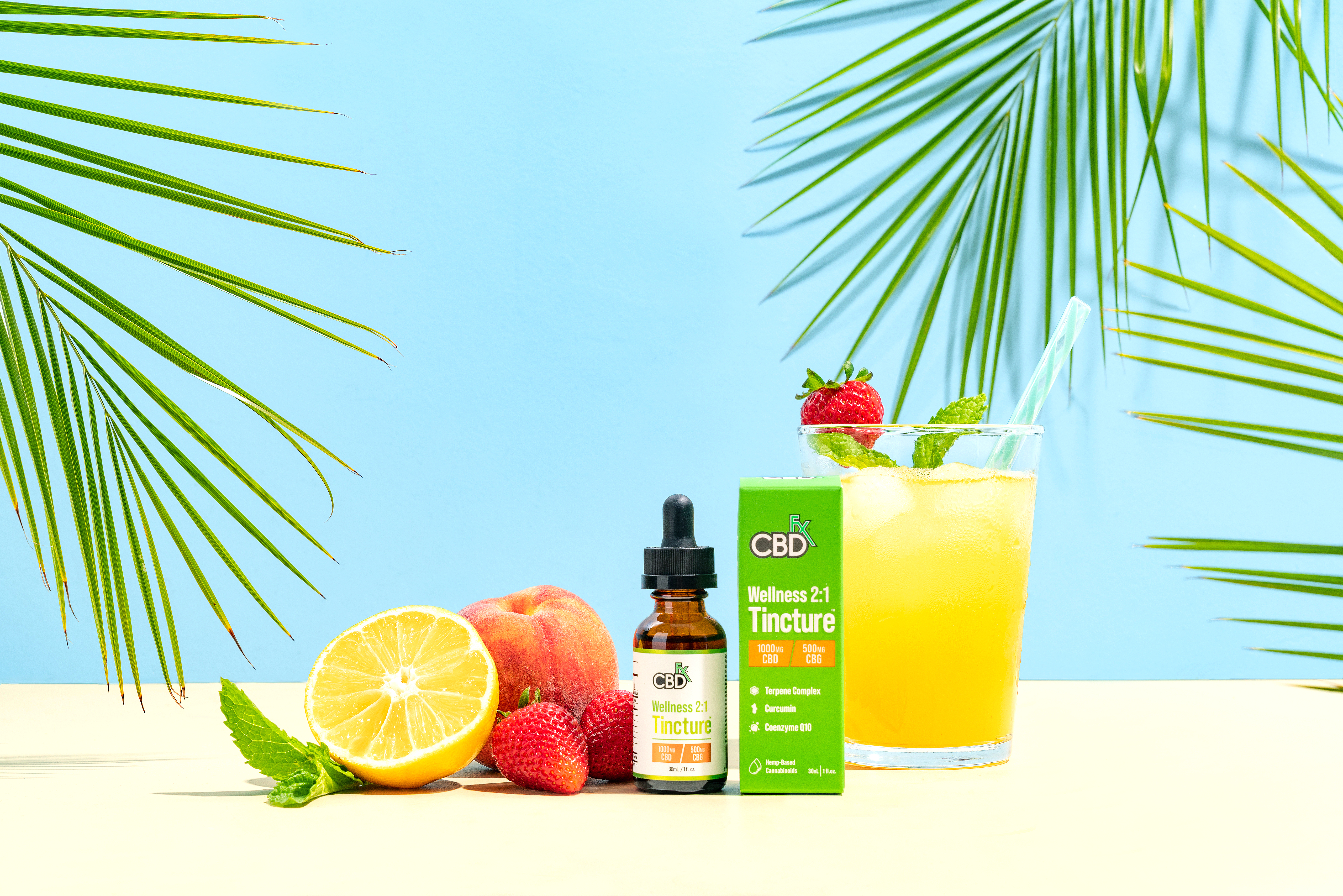A Certificate of Analysis, or COA, is an essential part of quality control for CBD products. A Certificate of Analysis is a lab report provided to a manufacturer by an accredited, independent, ISO 17025-certified laboratory, which gives you an in-depth analysis of your product. Since quality varies greatly from brand to brand in the cannabis industry, a COA is essential to verifying the purity and the potency of your product.
Sounds pretty basic, right? But many find it difficult to understand a COA. So, in this article, we’ll provide some pointers on how to decipher all the COA information and, nearly as important, we’ll tell you where to find them on our site!
The Importance of a Certificate of Analysis
Every reputable CBD company has a COA program. At CBDfx, we feel very strongly about providing complete transparency to our customers. We want you to know exactly what’s in every one of our products. And that’s what a Certificate of Analysis provides. A COA is an essential document in chemical distribution that outlines all the tests performed on your product. It does this in two different ways.
First, a COA tells you how much cannabis content is in your product. You’ll see the exact mg of CBD, THC, and other cannabinoids in your product. Without such a report, you wouldn’t know if the product you’re choosing will deliver the potency or quality that you’ve been promised.
A COA also alerts you to any contaminants that might be in your product. Cannabis is a bioaccumulator, meaning that it soaks up any contaminants that might be in the surrounding soil, including pesticides, heavy metals, and other potential toxins. CBD oil can also accumulate solvent residues if the extraction process isn’t up to standard. Your COA will let you know if any of these contaminants have made their way into your product.
Where to Find Your COA
If you already have one of our products and want to see the Certificate of Analysis, look on the back of the packaging. You should see a QR code: a little box with a matrix of dots inside. Once you scan it with your smartphone, the QR code will take you to a COA for that specific product.
If you’re still researching and shopping, you should know that all of our products’ COAs can be found on our website. In fact, you can scroll to the very bottom of this page. Under “Help,” you’ll find “CBDfx Lab Reports.” Click there to find COAs for all of our products. Or, you can make it easy on yourself and just click here.
Once you’ve located the COA, here’s what you should be looking for:
1. Who Carried Out the Test?
The most important step when reading a COA is to verify who carried out the test. It shouldn’t be a manufacturer or CBD company. Only an accredited laboratory is able to give precise results that you can consider reliable when making your purchasing decision.
You should also find information about the test itself, such as when the test was conducted, who performed it, and even who requested it. A legitimate COA will also have a certificate ID which, in the rare case of disputed results, adds another layer of accountability. If you’re seeing all of this on the COA, then you’re off to a good start.
2. Important Terms
The term “analyte” refers to the type of compound that’s being tested for. You’ll generally find a column populated with mostly three-letter acronyms. These are the cannabinoids that make up your product, with some of the most common ones being CBD (of course), CBG, CBC, and CBN. Depending on the product, you may also find delta-9 THC. This last one can be particularly notable if you’re concerned about taking a drug test.
Along the same line, you’ll note a couple of additional three-letter acronyms: LoD (Limit of Detection), LoQ (Limit of Quantitation) and, sometimes, LoB (Limit of Blank). All you really need to know about these terms is that they quantify the amount of matter that was tested in order to find a true rendering of how much of a given analyte exists in your product.
If you think about each cannabinoid as a speaking voice in a crowded room, you’ll notice that some are louder than everyone else, while others require you to listen a little more carefully to detect them. You’ll usually see them quantified either by a percentage of the total sample or by how many mg per container have been tested.
3. How Much Are We Talking About?
If the COA you’re looking at has checked all the boxes so far—meaning that the report was generated by an accredited independent lab, has a batch ID, with determined limits and a section on contaminants—then you’re working with a company who’s made quality and safety a priority. With those bases covered, we can get into the more entertaining information: the cannabinoids themselves. What are they, and how much of each do we have?
The test results in COAs are displayed in one of the following measurements:
1) Milligrams (mg) in the Full Product
This is generally the easiest measurement to understand, since it tells you exactly how much CBD is contained in a given product. If you want to determine how much CBD is contained in smaller portions of the product, however, you’ll have to do some math yourself or turn to the COA for a potential answer.
2) Milligrams per Gram (G)
When you find a measurement of CBD per gram, you need to know the total weight of a product in grams. The weight doesn’t include the packaging. Most products don’t include weight information on their packaging, so you may need to check if it is written in the COA.
3) Milligrams per Milliliter (mL)
This type of measurement is used only for liquids and is easier to calculate. Take the total amount of a product in milliliters and multiply it by the amount of CBD. Liquid tinctures always indicate full volume on the label, such as 1oz or 30mL.
With this in mind, you can properly determine how much of each cannabinoid is in the product. This is a good way to double-check that the amount of CBD hemp extract advertised on the product’s packaging is an accurate approximation of what you’ll find inside. Since the quantities presented on the packaging are approximations in many cases, you might find some minor number differences, offering either slightly more or slightly less CBD than stated. Still, the difference between the stated amount and the COA’s findings will almost never be substantial.

Insist on a COA for Quality CBD Products
Whether you’re looking for CBD edible products for daily use, such as our CBD Gummies for Sleep, or you’re more interested in our CBD vape or CBD topical products, you’ll find that there’s a CBD product for just about everyone at CBDfx. And with a COA available for every product, you can rest assured that you’re getting the very best every time you shop!

